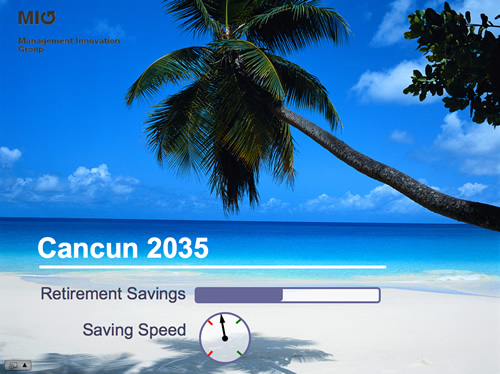I attended the World Futures conference in Toronto recently, and hope to find a spare minute to write up my thoughts on the conference. But one thing that struck me was how markedly different the tone of discussion was between people who relied on forecasting techniques vs. those that relied on trends. The former produced valuable and fascinating forecasts, but had to back them up with authority based on their personal ability, the validity of the technique, or sheer confidence.
The trend people (e.g. SRI, Ray Kurzweil), meanwhile, were remarkably calm and even humble. They looked — as Paul Saffo would have us do — at least twice as far back into the past as they looked into the future. Granted, the trend watchers tended to watch technology, particularly information technology, and this is quite a bit less chaotic then, say, terrorism or epidemics. Nevertheless when looking at 20 or 30 years of data it felt significantly easier to make plausible suppositions about what the next few years will hold. Ray Kurzweil attributes his impressive performance as an inventor to his ability to track trends: “Invention is a matter of timing.”
Subsequently, I’ve noticed that what is often referred to as a trend actually falls — perhaps because of our apophenia or simply marketing cahones — into one of three categories:
- Isolated — though remarkable — events
- Several similar events happening at the same time
- Predictions based on hunches
Harnessing weak signals, wild cards, and Blink-style instinct can be valuable, but they’re not trends. One thing futures studies has to offer those of us working in innovation and design is, somewhat surprisingly, a more sophisticated use of historical information.

